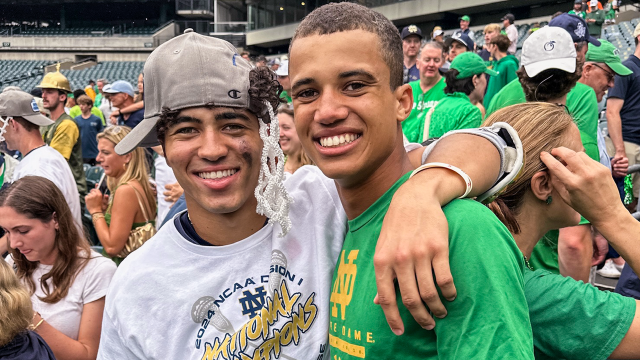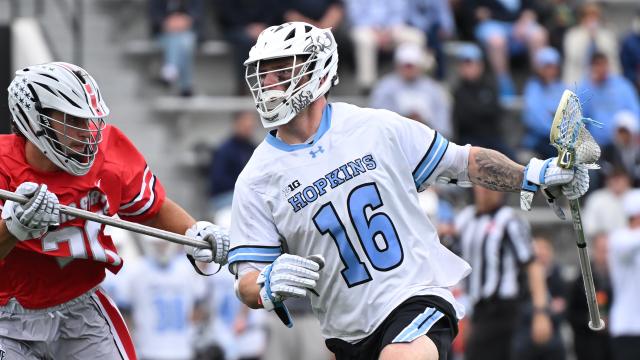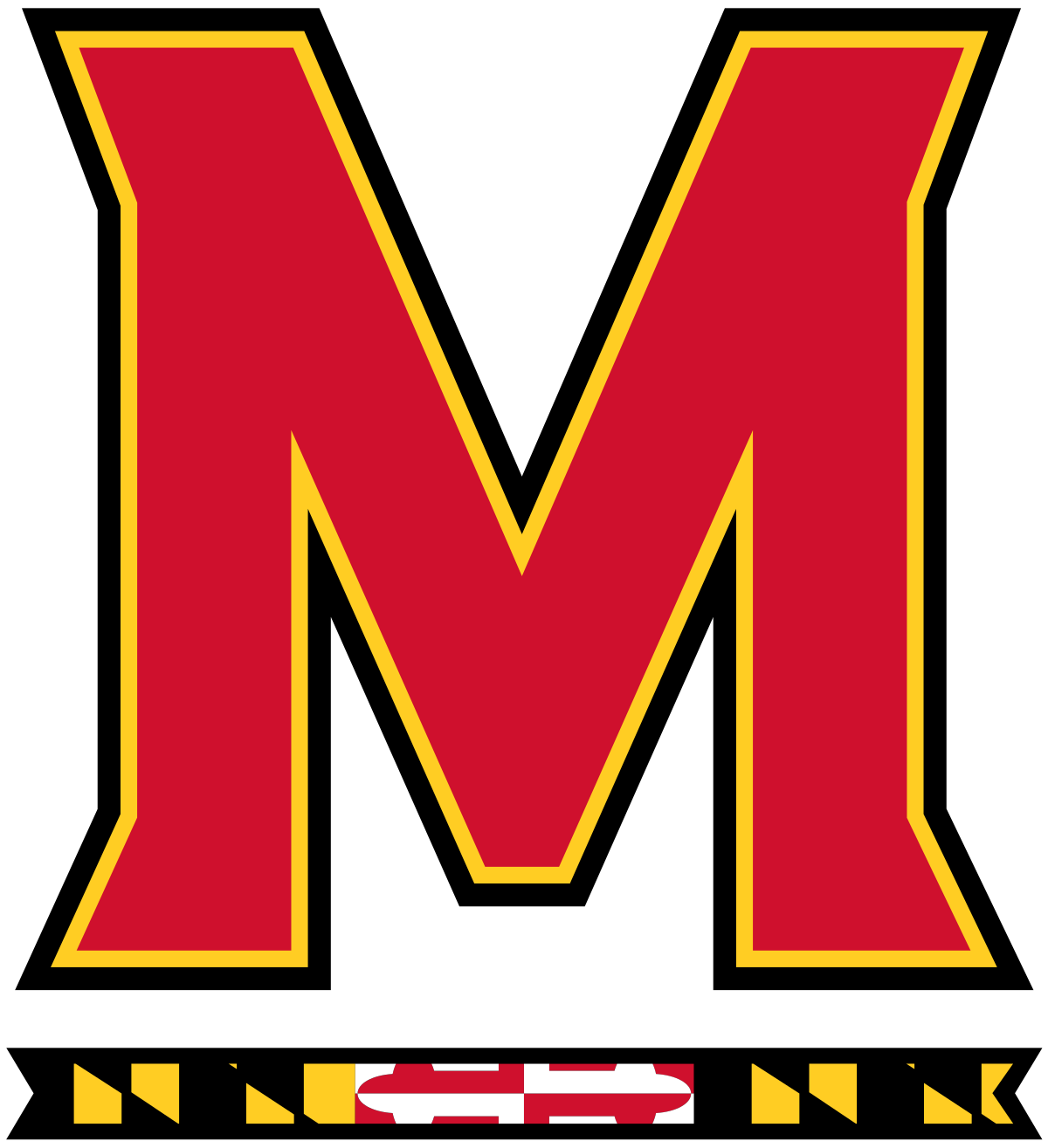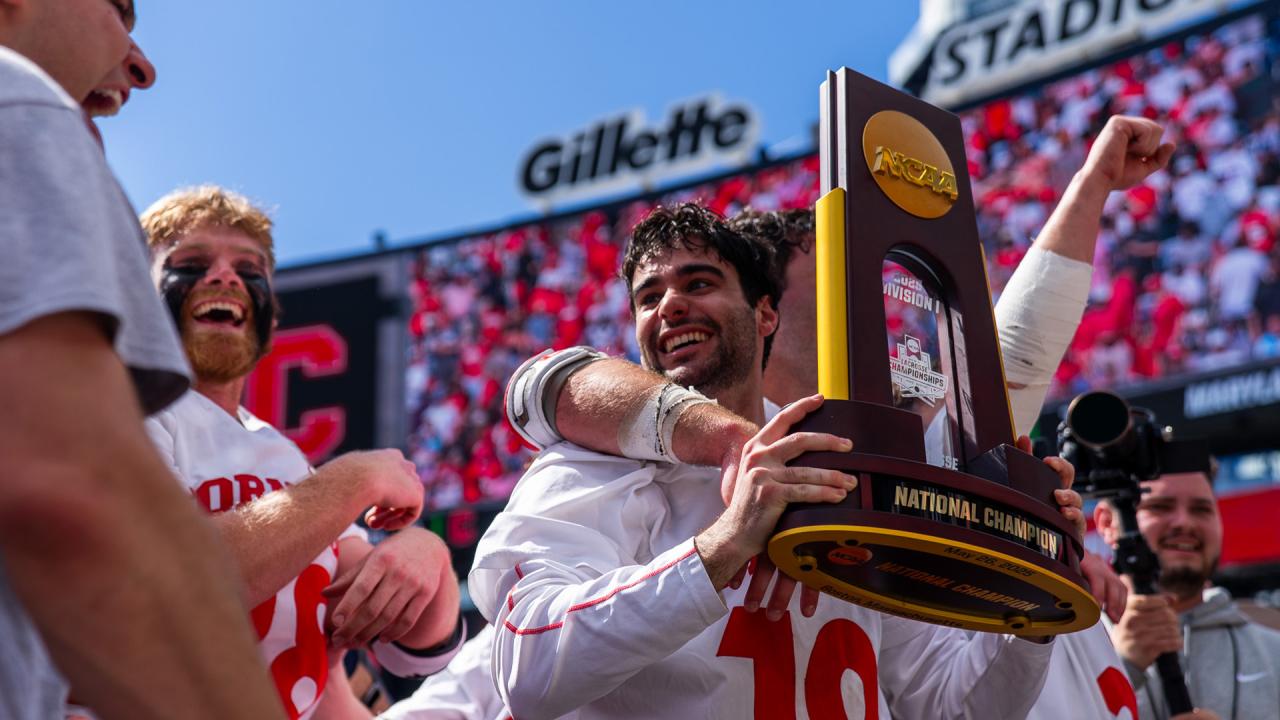
Season Rewind: A Perfect Ending for Cornell
Before USA Lacrosse Magazine looks ahead to what’s to come in 2026, our team of staff and contributors decided it was worth taking one last look at 2025.
After all, you have to look at the most recent results before making projections for what’s to come. To do that, we’re taking a journey through the top 30 teams in men’s and women’s lacrosse — what went right, what went wrong and what we should all think of that team’s season.
Was it a success? A failure? A mixture of both? You’ll find out our thoughts over the next week.
OHIO STATE
USA Lacrosse preseason/postseason ranking: No. 19/No. 6
2025 record: 14-3 (4-1 Big Ten)
What went right: Plenty did between the pipes, where Caleb Fyock stopped 61.2 percent of the shots on cage and had a first-team All-American season. The defense in front of him, anchored by Bobby Van Buren and Cullen Brown, did its part as well. Alex Marinier became the first Ohio State player to score 50 goals in a season since Bill Rodgers in 1981 and only the third ever. Most importantly, the Buckeyes won their first outright Big Ten regular season crown and followed it up with a league tournament title — and celebrated both accomplishments on rival Michigan’s home field.
What went wrong: The first game and the last game. As the spring unfolded, Ohio State’s 19-13 loss at home to Utah on Feb. 1 was one of the season’s most puzzling results, especially since Nick Myers’ team promptly ripped off an 11-game winning streak. The Buckeyes were dealt a tougher-than-they-earned hand when the NCAA lacrosse committee sent two-time champion Notre Dame to Columbus for the first round, and the Irish dominated the final three quarters of a 15-6 victory.
Season highlight: The Buckeyes packed a bunch in there, including a victory at Notre Dame in the regular season and a Big Ten title game defeat of Maryland that didn’t seem in doubt for long. But the nod here goes to scoring five goals in five consecutive possessions in the final six minutes to down Michigan 10-8 on April 19 to lock up the Big Ten regular season title.
Verdict: For a team that went 5-9 and 6-9 the last two years, there is little to quibble about. Ohio State became the first team to ever beat all four NCAA semifinalists from the previous season, picking off Virginia, Notre Dame, Denver and Maryland. The Buckeyes claimed both conference titles available to them, and earned an NCAA first-round home game for the first time since 2017.
Ohio State’s biggest problem was geography, and it was a stroke of bad luck to get a riled-up Notre Dame sent its way to open the tournament. There have been a few teams over the years who have been dismayed over the NCAA’s financial limitations in bracketing the field; no one had a better reason to grumble about it in 2025 than the Buckeyes.
PRINCETON
USA Lacrosse preseason/postseason ranking: No. 3/No. 5
2025 record: 13-4 (5-1 Ivy)
What went right: The offense was spectacular. Even in losses to Cornell (20-15 in the Ivy tournament) and Syracuse (19-18 in the NCAA quarterfinals), there was little to fault at that end of the field. Tewaaraton Award finalist Coulter Mackesy (44G, 19A) and sophomore Nate Kabiri (32G, 29A) had 60-point seasons, and Chad Palumbo (28G, 19A) had a stellar year out of the midfield. Ryan Croddick (.566SV%) did excellent work in his first season as a starter in goal, and Colin Mulshine was one of the country’s top defensemen. Princeton reached its fourth consecutive NCAA tournament; only Maryland (22) and Georgetown (seven) have longer active streaks.
What went wrong: Princeton struggled to contain the elite opposing offenses on its schedule, a problem that surfaced even in early victories over Duke and North Carolina. It made for some wild games — the Ivy title game was immensely entertaining until Cornell pulled away in the fourth quarter, and the Tigers’ loss to Syracuse in the quarterfinals featured a nearly non-stop threat of offense. But the struggle to get stops ultimately proved costly in both contests.
Season highlight: Mackesy broke Jesse Hubbard’s school record for goals in the 22-12 defeat of Towson in the first round of the NCAA tournament. The senior finished his four-year run with 167 goals, a key figure in a stretch that re-established Princeton as a national force.
Verdict: Princeton was aesthetically pleasing, which is always a plus. Given the collection of former Tigers who scattered throughout the sport over the last few years given the Ivy League’s ban on graduate students and Princeton’s refusal to tinker with the academic clocks of its players, one of this decade’s great what-ifs will always be what Matt Madalon’s program could have done if it could have kept many of those players. As it stands, the Tigers were two goals shy of reaching the semifinals this season. The loss to Syracuse was disappointing in real time, but it was still a quality year for Princeton.
SYRACUSE
USA Lacrosse preseason/postseason ranking: No. 2/No. 4
2025 record: 13-6 (2-2 ACC)
What went right: The Orange returned to the NCAA semifinals for the first time since 2013 and won the ACC tournament for the first time since 2016, which are good places to start. Joey Spallina became only the fourth Syracuse player to post 90 points in a season, joining Tim Nelson (103 in 1984), Tom Korrie (96 in 1986) and Ryan Powell (96 in 2000). John Mullen helped the Orange monopolize possession on many days, winning 63 percent of his faceoff attempts. Syracuse had six 20-goal scorers and nearly added a seventh (Trey Deere had 19 goals). Goalie Jimmy McCool was solid as a first-year starter (.535SV%) and was particularly sharp against non-Ivy League opponents.
What went wrong: Syracuse was streaky, losing back-to-back games in February and then three in a row in April. It was also prone to penalties, giving up 23 man-up goals (tied for the seventh most in Division I despite ranking 28th in man-down defense percentage). And as much as the Orange wanted to restore its place at or near the center of the college lacrosse universe, its time away from the top was evident in how it was deconstructed in the first half of a 14-8 loss to Maryland in the NCAA semifinals.
Season highlight: A dozen years removed from its last trip to Memorial Day weekend, the Orange busted through with a 19-18 victory over Princeton in the NCAA quarterfinals. It was an on-brand way to end the drought, and it came after arguably Syracuse’s most riveting triumph of the season — a 13-12 overtime defeat of Harvard after rallying from a six-goal halftime deficit (and a five-goal hole in the fourth quarter) in the tournament’s opening weekend.
Verdict: Progress isn’t always linear, but in Syracuse’s case, things have moved ahead in a fairly logical order in each year of coach Gary Gait’s tenure. After falling in the quarterfinals in 2024 against Denver, the next step figured to be making it one round further. And so the Orange did, reaching the final weekend. That represents clear-cut improvement, whether or not the championship-or-bust portion of Syracuse’s ample fanbase cares to see it.
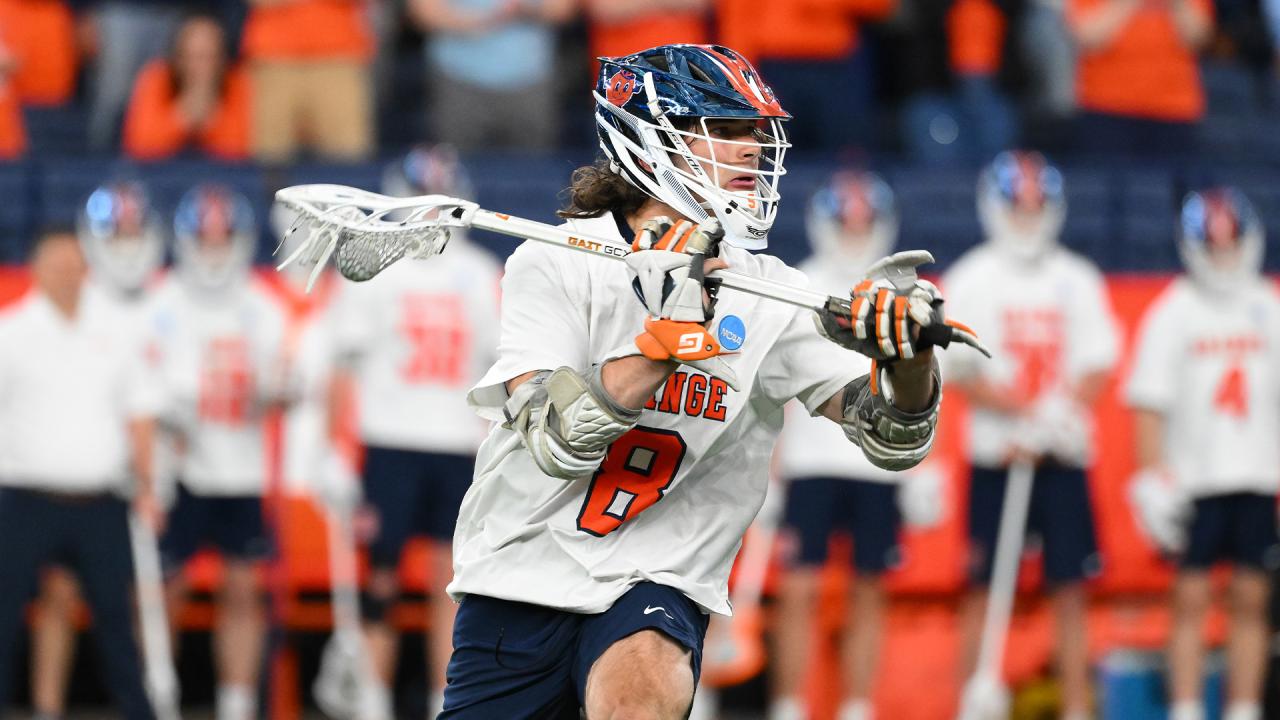
PENN STATE
USA Lacrosse preseason/postseason ranking: No. 13/No. 3
2025 record: 12-5 (3-2 Big Ten)
What went right: Matt Traynor was the Big Ten’s offensive player of the year, with a 44-goal season highlighted by a six-goal outburst in the NCAA quarterfinals against Notre Dame. Hunter Aquino (16G, 21A) had a fine debut on the way to earning the Big Ten’s rookie of the year nod while splitting time between attack and midfield. Kevin Parnham (29CT) and Alex Ross (24) were again sturdy options at close defense for a team that allowed just 9.35 goals per game. As trite as “next man up” can sound, Penn State’s faceoff situation personified it as Colby Baldwin (.580) missed all of May and Reid Gills (.608) proved an excellent understudy. The Nittany Lions pushed their way to the final weekend of the season for the third time since 2019; only Maryland and Virginia have gotten there more frequently in that span.
What went wrong: It was possible to jam up the Nittany Lions, who went 11-0 when they scored at least 11 goals and 1-5 when they didn’t. That’s just sort of how Penn State is constructed, and it is a good fit for the Big Ten. In a combined three losses to the two national finalists, the Nittany Lions totaled 25 goals. That included two eight-goal showings against Maryland and the 11-9 loss to Cornell in the NCAA semifinals.
Season highlight: Two things merit a mention. There was the late rally at Cornell on March 8 (fueled by a three-goal outburst after a Big Red non-releaseable penalty) that led to a 13-12 overtime victory. Fresher in mind was a comeback from down six in the final 20 minutes to swamp Notre Dame 14-12, a memorable way to make it back to Memorial Day weekend for the second time in three years.
Verdict: With 2023 postseason hero TJ Malone gone, it was an open question how well Penn State would manufacture offense. With Traynor as the centerpiece, the Nittany Lions generally did enough, and they were in every game but one (the regular-season loss at Maryland) in the fourth quarter. The ceiling isn’t the same every year, but Penn State just about reached it this spring.
MARYLAND
USA Lacrosse preseason/postseason ranking: No. 6/No. 2
2025 record: 14-4 (3-2 Big Ten)
What went right: The Terrapins made it back to Memorial Day for the ninth time since 2011 as coach John Tillman tied Roy Simmons Jr. (Syracuse) and Bill Tierney (Princeton and Denver) for the most appearances in a national title game. Will Schaller emerged as an elite defenseman as a junior, and sixth-year goalie Logan McNaney capped his career with his best season since 2022. The balanced attack of Eric Spanos (36G, 19A), Braden Erksa (33G, 15A) and Daniel Kelly (35G, 10A) usually provided enough oomph to let Maryland’s exceptional defense smother opponents.
What went wrong: This was a highly methodical team, one whose style was predicated on playing from ahead. The Terps never led in either their Big Ten title game loss to Ohio State or their 13-10 setback against Cornell in the national title game. The Terps didn’t have any glaring statistical shortcomings beyond their sparsely used extra-man unit (tied for 56th nationally at 28.6 percent), but if there was a vulnerability, it was the relatively modest ability to score in bunches.
Season highlight: There is no shortage of quality victories, since Maryland won a combined seven games against the other seven NCAA quarterfinalists. The Terps beat Notre Dame in a rematch of the 2024 national title game, ended Ohio State’s 11-game winning streak and picked up an 11-8 defeat of Johns Hopkins. But the nod has to go to the thorough deconstruction of Syracuse in the NCAA semifinals, a 14-8 victory that featured a run of eight consecutive goals in the first half to all but put the game away.
Verdict: Maryland keeps finding its way back to the final day of the season, which has the effect of both spotlighting its incredible consistency and amplifying the pain when things don’t go well in the national title game. This time around, things can be simplified to a remarkable degree. Cornell had CJ Kirst, and Maryland (as well as everyone else in Division I) didn’t. That’s frustrating for the Terps, but it doesn’t spoil an otherwise impressive season.
CORNELL
USA Lacrosse preseason/postseason ranking: No. 4/No. 1
2025 record: 18-1 (6-0 Ivy)
What went right: Nearly everything, which is unsurprising for a team that won its first national title in 48 years. CJ Kirst had a stellar senior year, tying the single-season Division I goals record (82) and shattering the career goals mark (247). Ryan Goldstein had 43 goals and 50 assists to rank second nationally in points behind Kirst, and every other starter on a potent offense delivered a 20-goal season. Jack Cascadden won 60.9 percent of his draws, and a defense anchored by Jayson Singer and Brendan Staub improved as the year unfolded. And, of course, the Big Red plowed through the NCAA tournament, beating Maryland 13-10 on Memorial Day to cap a near-perfect season.
What went wrong: Virtually nothing, and about the only what-if Cornell takes away from this season is how things might have unfolded without a two-minute non-releaseable unnecessary roughness penalty late in a March 8 game against Penn State. The Nittany Lions scored three times on the extended man-up to force overtime, then won less than a minute into the extra session. Would Cornell have gone undefeated without it, or was that a perfect reminder of the precarity of any season? There’s no way to answer that, but the loss to Penn State was the only blemish in the Big Red’s superlative season.
Season highlight: Kirst was held without a point for the first time in his career in the NCAA semifinals against Penn State and then was quiet until late in the first half against Maryland. But he scored five of his six goals after the break to carry the Big Red to the championship. Moments after the final horn, it was Kirst hoisting Cornell’s first championship trophy since 1977, an apt way to punctuate the Big Red restoration that unfolded all spring.
Verdict: It was not a perfect season, though it nearly was. It was definitely a perfect ending for Cornell, a program whose fans still regard 1970s stars Mike French and Eamon McEneaney and the title teams they played on with the utmost reverence. Kirst and his teammates have joined that company, and their run in May ensures they will be Big Red legends for the rest of their lives.
Patrick Stevens
Patrick Stevens has covered college sports for 25 years. His work also appears in The Washington Post, Blue Ribbon College Basketball Yearbook and other outlets. He's provided coverage of Division I men's lacrosse to USA Lacrosse Magazine since 2010.

Categories
Related Articles
